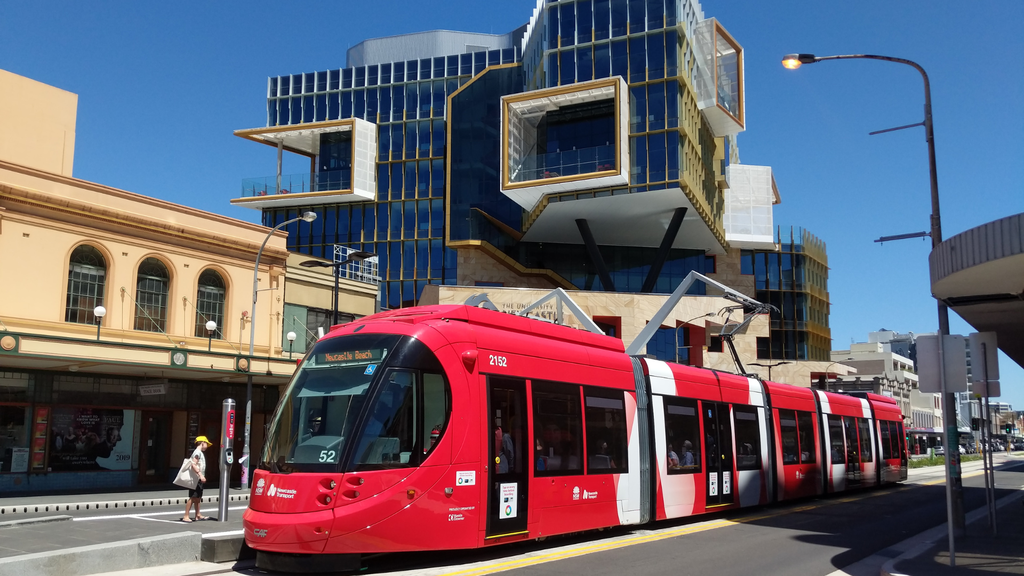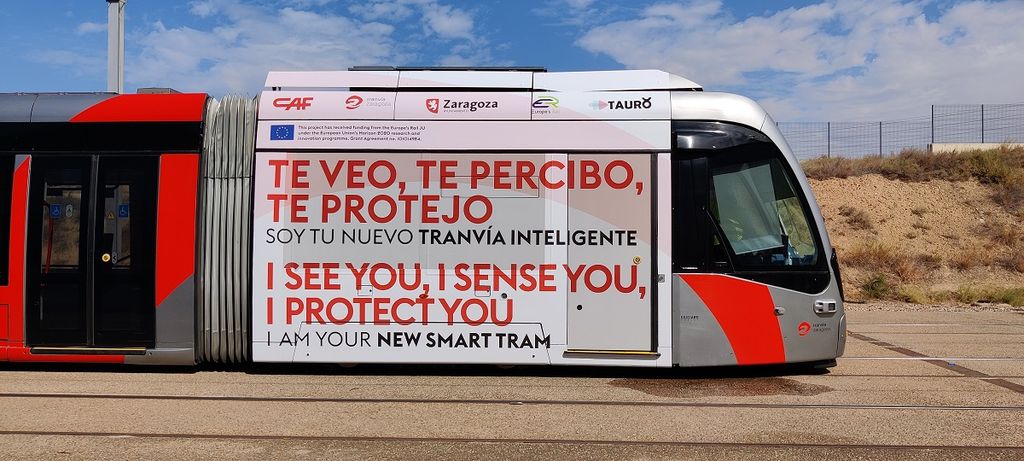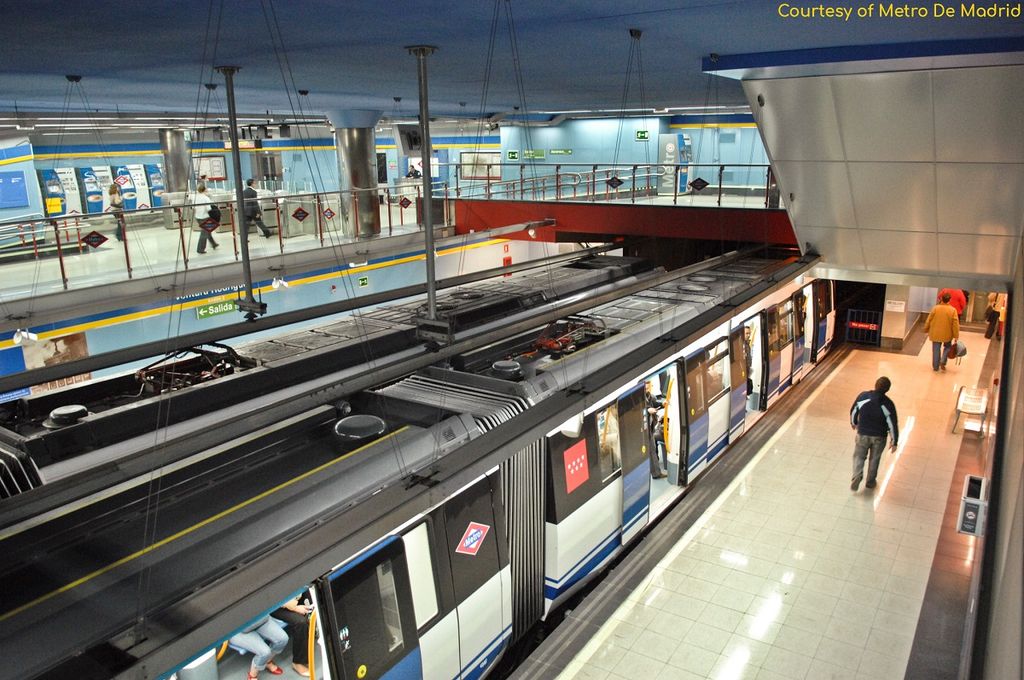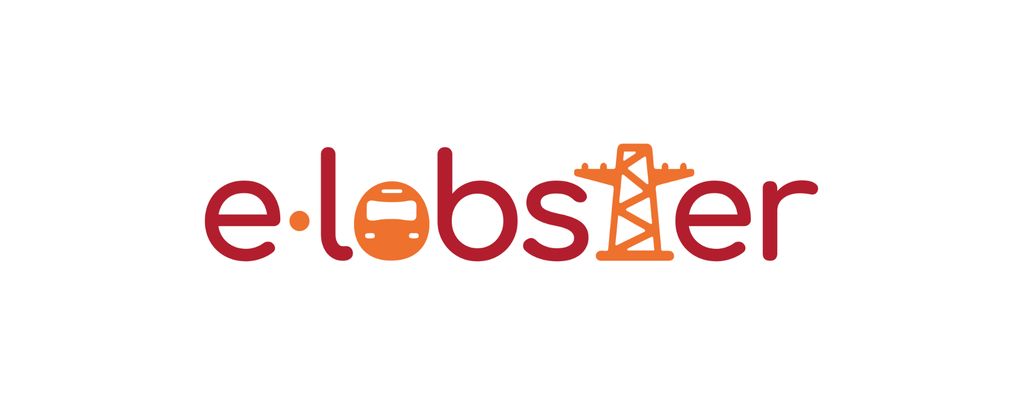
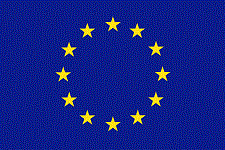
E-Lobster
Electric LOsses Balancing through integrated STorage and power Electronics towards increased synergy between Railways and electricity distribution networks
European distribution networks and light-railway networks present common issues as they both have been developed as independent networks, relying on the resilience and robustness of existing power supplies. However, Renewable Energy Sources (RES) progressive penetration introduced an increasing degree of uncertainty on the direction of power flows.
In this context, both networks are looking at innovative solutions to:
- Reduce electricity losses
- Increase the grid stability in a high local RES penetration scenario
- Accommodate the needs of new energy actors such as prosumers, electric vehciles and electrical storages.
Electrified transport networks such as light railways could act to enhance distribution grid stability providing ancillary services inter-exchanging electricity.
E-Lobster aimed to develop an innovative, economically viable and easily replicable electric Transport-Grid Inter-Connection System that will be able to establish synergies between power distribution networks, electrified transport networks (metro, trams, light railways etc.) and charging stations for electric vehicles.
In particular, the system will be managed by an integrated railway + grid management system which starting from the real time analysis of energy losses will be able to optimise the interexchange of electricity between the networks maximising local RES self-consumption.
E-Lobster was coordinated by RINA.
The main outcomes and results of the E-LOBSTER project can be found in the Project Brief.
More information: www.e-lobster.eu
Follow E-Lobster on Twitter: twitter.com/H2020ELOBSTER
E-Lobster has received funding from the European Union’s Horizon 2020 research and innovation programme under grant agreement No 774392.
- 9
Partners
- June 2018 - November 2021
Duration
- €941.874
Budget
exclusive resources


